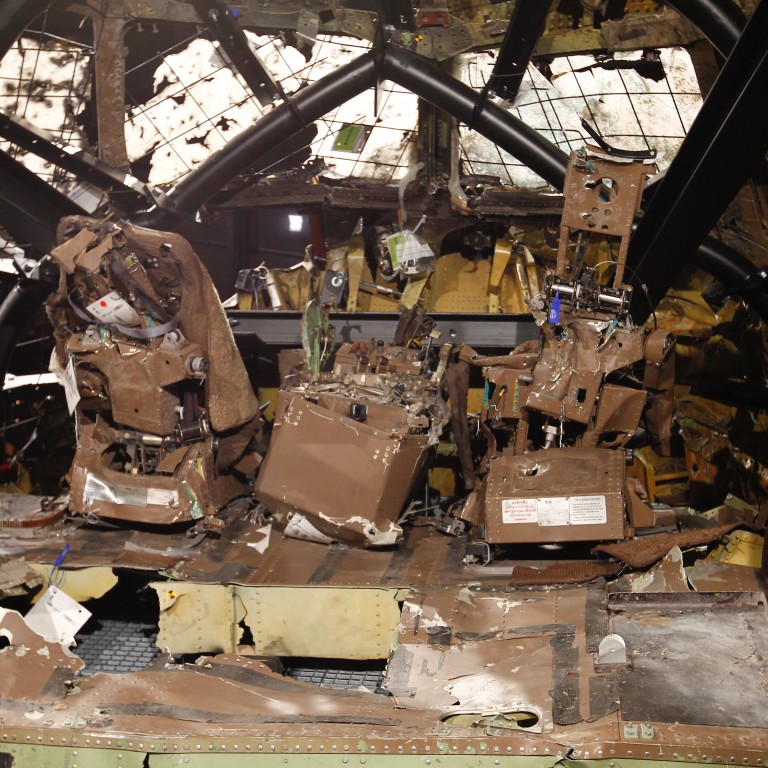
How air accident investigators are waging a daily battle to keep us all safe flying
Investigators mark the centenary of the first crash analysis agency amid growing challenges
As the spotlight falls on Dutch crash investigators and their high-profile probe into the downing of a Malaysian airliner, air accident detectives worldwide are waging a much more discreet daily battle to keep flying safe.
The Dutch team's findings, concluding that the plane was shot down by a Russian-made missile over eastern Ukraine in 2014, provoked an angry reaction on Tuesday from Russia, which dismissed their report as biased.
But despite the shooting down of Malaysia Airlines MH17, the disappearance of sister plane MH370 and an apparent Germanwings suicide crash in the Alps, the last year has brought the lowest accident rate in memory.
This is in large part due to the work of the crash investigators, who are quietly marking the centenary of the creation in Britain of the world's first crash analysis agency.
Investigators now are having to juggle growing challenges from conflict zones to drones, dizzying automation, poor pilot training and questions over their own independence.
Topping the list, a series of incidents in which pilots erred when abruptly handed back control has drawn attention to a loss of skills brought about by modern reliance on computers.
"I don't think there is any replacement for more flying around and getting experience," Keith Conradi, Britain's chief air accident investigator, said.
"The issue of automation is a real one. I do get concerned that it could bite us."
At a recent gathering of global investigators, France's BEA investigation agency presented a damning report about an incident in 2014 when an ill-trained, fatigued and poorly regulated crew overshot the runway at Lyon.
Over 180 passengers and crew had a lucky escape when their jet stopped short of a 15 metre-deep hole in the ground - itself the result of a regulatory anomaly. It was later filled in.
European plane-maker Airbus says that each new generation of computers halves the accident rate.
But the complexity of modern aircraft systems can tax even the resources of investigators when things go wrong.
Investigators fret about other potential threats to their independence - from politicians turning up at crash sites to pressures from media, lawyers and family groups.
Many countries have yet to set up independent air crash investigation agencies, which are recommended by the United Nations' aviation arm as a means of keeping flying safe.
Record numbers of planes on order have meanwhile led to shortages of pilots and mechanics and encouraged some airlines to take short cuts in recruiting staff.

